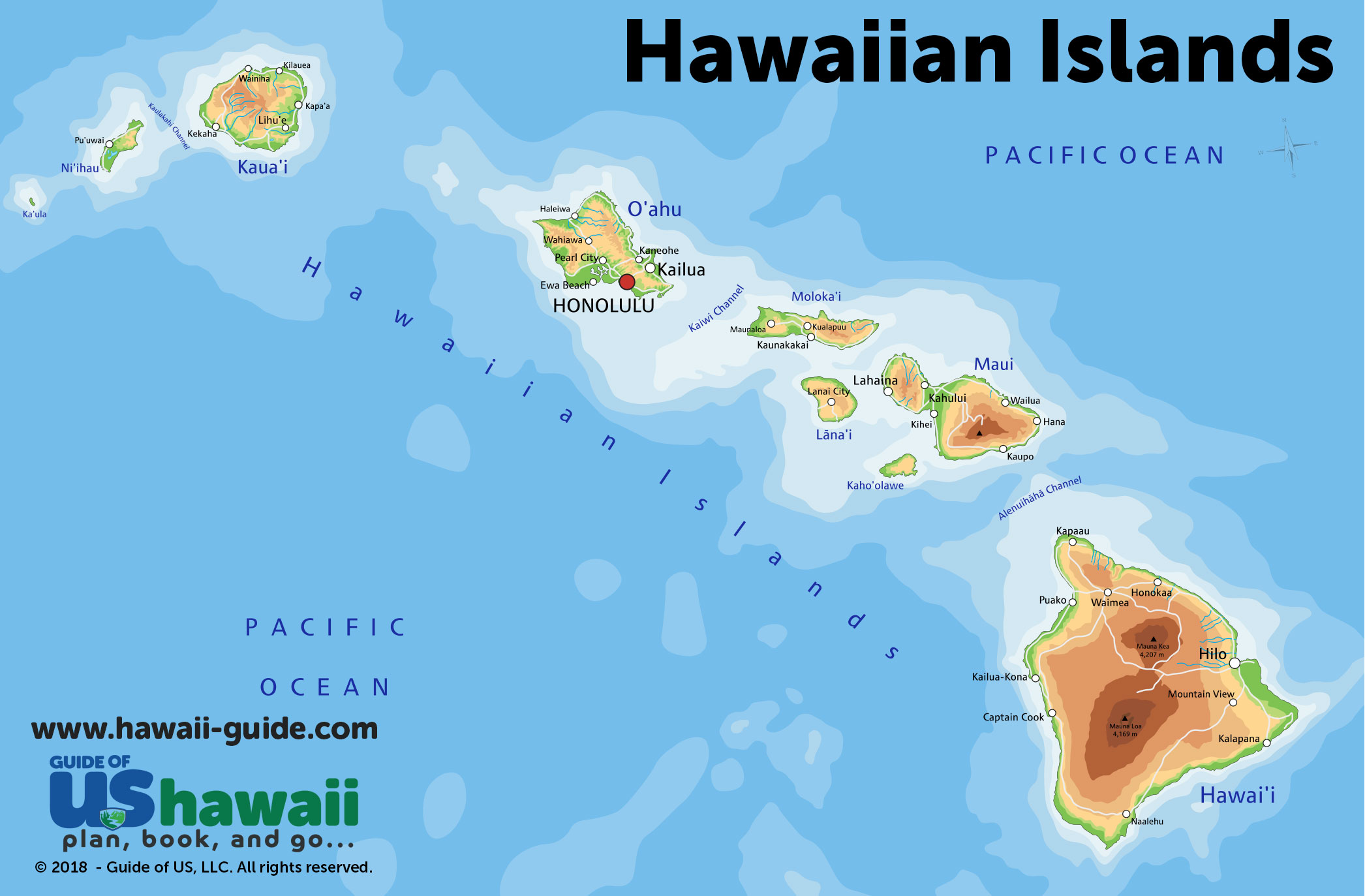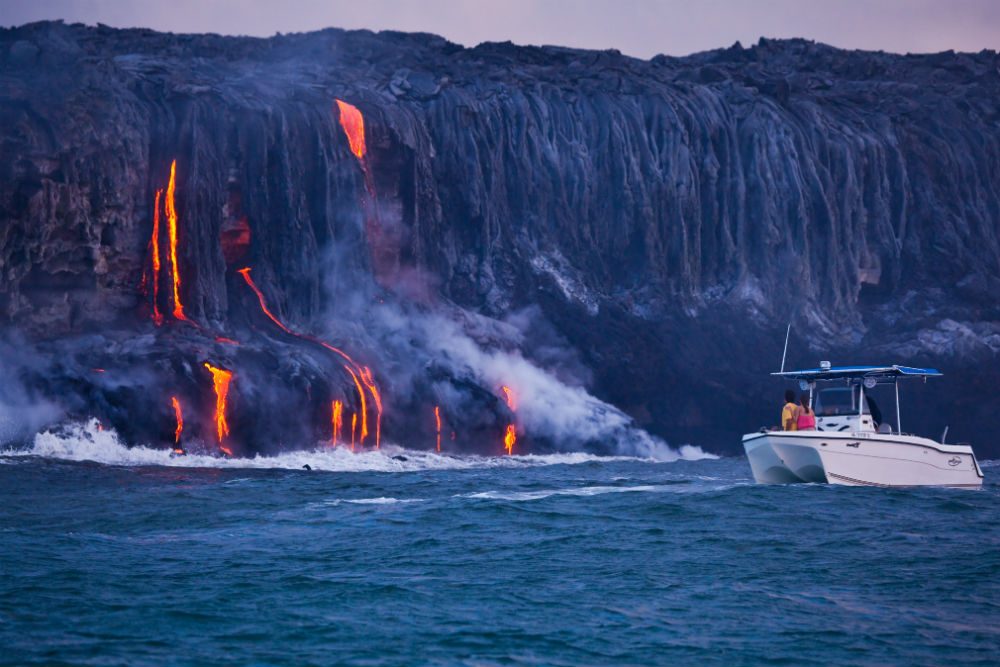The Tacoma Public Library's Summer Reading Program started on June 5th. I suggest you sign your middle schooler up if you live in Tacoma. If not, please check out your library's summer reading program.
A Note about the Selections:
Each reader is different, and not every reader is ready for the content they are able to read. That is the challenge of finding "good fit" books for advanced and gifted readers. These lists are just here to help you (and them) find some new books to read.
At each level, these are not all designed to be “challenge” books. Some are just strong middle-grade/YA fiction that students might enjoy reading or that a particular student may not have read yet. Students are—of course--welcome to seek a challenge on one of the older lists as well or to read a great book they’ve missed from an earlier recommended grade. Parents should advise re: content.
It is also worth noting that a 7th or 8th grader that hasn't read something on the 6th grade list might really love the books listed there. Those aren't only for 6th graders, so scan the whole list and find some things that look good to you.
Also, the
CCBC, an amazing children’s library resource out of the University of Wisconsin, has a
Web site full of lists. The link above is to their list of recommendations.
I have made three lists:
Books for rising 6th and 7th graders,
Books for rising 7th and 8th graders
Books for rising 8th and 9th graders.
Within the second two lists, I made subcategories with classics on top. Please excuse any duplicates.
Happy Reading!
_________________________________________________________________________________
Rising 6th and 7th Graders: Fiction and Poetry
• The Westing Game by Ellen Raskin
• Rain, Reign by Ann M. Martin
• Wonder by R.J. Palacio
• Kira-Kira by Cynthia Kadohata
• Half a Chance by Cynthia Lord
• Absolutely Almost by Lisa Graff
• Words with Wings by Nikki Grimes
• Drums, Girls, and Dangerous Pie by Jordan Sonnenblick
• Flora and Ulysses by Kate DiCamillo
•
Ghost by Jason Reynolds (whole series)•
Brown Girl Dreaming by Jacqueline Woodson
•
Feathers by Jacqueline Woodson
•
The White House is Burning by Jane Sutcliffe
•
Paperboy by Vince Vawter
•
The Call of the Wild by Jack London
•
Al Capone Does My Shirts by Gennifer Choldenko
•
Better Nate Than Ever by Tim Federle
•
Three Times Lucky by Sheila Turnage
•
Tuck Everlasting by Natalie Babbit
•
The Scarlet Pimpernel by Emmuska Orczy
•
Any of the amazing books by L’Engle
•
Little Women by Alcott
•
The Once and Future King by T.H. White
•
Surviving the Applewhites by Stephanie Tolan
•
Watership Down by Richard Adams
•
Inherit the Wind by Jerome Lawrence and Robert E. Lee (Not
that Robert E. Lee
)•
Navigating Early by Clare Vanderpool
•
The Wonderful Wizard of Oz by L. Frank Baum
•
The Alchemist by Paul Coehlo
•
Echo by Pam Mu
ñoz Ryan
•
The Legend of Sleepy Hollow and Other Tales by Washington Irving
•
The House on Mango Street by Sandra Cisneros
•
The Adventures of Sherlock Holmes by Sir Arthur Conan Doyle
•
The Princess Bride by William Goldman
•
A Wizard of Earthsea by Ursula LeGuin
• Unsettled by Reem Faruqi
• School for Good and Evil (series) by Soman Chainani
• The Night Diary by Veera Hiranandani
• American as Paneer Pie by Supriya Kelkar
• Ahisma by Supriya Kelkar
• The Henna Wars by Adiba Jaigirdar
• Stand Up, Yumi Chung! by Jessica Kim
• Anything by Erin Entrada Kelly from her many middle grade selections
• Song for a Whale by Lynne Kelly
• Ancestor Approved edited by Cynthia Leitich Smith
• Silver People (poems from working on the Panama Canal) by Margarita Engle
• I Am Not Your Perfect Mexican Daughter by Erika Sánchez
• Lucky Broken Girl by Ruth Behar
•Turtle Boy by M. Evan Wolkenstein
•Elatsoe by Darcie Little Badger
Nonfiction
• The Boy Who Could Harness the Wind (Young Reader's Edition)
• The Miracle Worker by William Gibson
Rising 7th and 8th Graders
Classics:
•
Gulliver’s Travels
•
The Iliad
•
The Odyssey (I prefer the Fagles translation)
•
Benjamin Franklin’s Autobiography
•
Mary Shelley’s Frankenstein
•
Bram Stoker’s Dracula
•
Charlotte Bronte’s Jane Eyre
•
Austen’s Emma, Pride and Prejudice, and/or Sense and Sensibility
•
Charles Dickens: The Old Curiosity Shop
•
Elizabeth Gaskell’s novels
•
The Joy Luck Club
•
Wilkie Collins: The Moonstone (The first mystery novel)
•
Narrative of the Life of Frederick Douglass: An American Slave
•
The Hunchback of Notre Dame
•
P.G. Wodehouse (The Jeeves Stories)
•
Agatha Christie’s mystery novels
•
The James Bond novels
•
John Le Carre’s spy novels
Newer Texts:
•
The Flavia de Luce series of mystery novels (set in England, involve chemistry)
•
The Curious Incident of the Dog in the Night-Time
• Charles and Emma: The Darwins’ Leap of Faith
• The Lone Ranger and Tonto Fistfight in Heaven
• Staying Fat for Sarah Byrnes (and other Chris Crutcher novels—he’s from Spokane)
• The Fault in Our Stars• Paper Towns• The Book Thief• Aristotle and Dante Discover the Secrets of the Universe• Nick and Nora’s Infinite Playlist (and everything else these co-authors wrote)• Every Day by David Levithan• The Guernsey Literary and Potato Peel Pie Society• The Highest Tide• Life of Pi• The Hitchhiker’s Guide to the Galaxy• The Martian Chronicles• Ship Breaker• Sophie’s World• Bel Canto• The Perks of Being a Wallflower• Box Out• Howl’s Moving Castle• The Rock and the River• Miss Peregrine's Home for Peculiar Children• My Name is Not Easy• Hearts Unbroken
• The Beast of Cretacea
• Clap when You Land
• Almost American Girl
• Hearts Unbroken
• Dear Martin
• City of Beasts
• Orbiting Jupiter
• Darius the Great Is Not Okay
• American Born Chinese
• Love and Other Natural Disasters
• K-Pop Confidential
• Legend and Warcross
• Super Fake Love Song
• The Prince and the Dressmaker
• You Should See Me in a Crown
• This Poison Heart
• They Both Die at the End
• The Poet X
• The Chosen
• Davida's Harp
• The Gilded Ones
• Firekeeper's Daughter
• Give Me Some Truth
• Ayesha Dean - The Istanbul Intrigue
Nonfiction (Check the nonfiction list at the end of the rising 8/rising 9 list, too.)
• Port Chicago
• I Am Malala
• Samurai Rising
• Are You Smart Enough to Work at Google?
• The Rainbow Troops
• They Called Us the Enemy
• Everything You Wanted to Know about Indians but Were Afraid to Ask
Rising 8th and 9th Graders (Some of the content contained in these novels is a little edgier, so consider discussing options with parents. These are just great books, not necessarily great books for every student.)
Classics:
Theodore Dreiser: Sister Carrie
John Steinbeck: The Grapes of Wrath, East of Eden
Toni Morrison: Song of Solomon
Herman Melville: Moby Dick
Ernest Hemingway: For Whom the Bell Tolls
Edith Wharton: The House of Mirth
The Age of Innocence
Henry James: Daisy Miller and various short stories
Norman Mailer: The Naked and the Dead
James Fenimore Cooper: The Last of the Mohicans (Or the whole set of the Leatherstocking Tales)
Richard Wright: Native Son
Harriet Beecher Stowe: Uncle Tom’s Cabin
Upton Sinclair: The Jungle
James Baldwin: Go Tell It on the Mountain
Frank Norris: The Octopus
Robert Heinlein: Stranger in a Strange Land
Alice Walker: The Color Purple
Willa Cather: My Antonia
Bernard Malamud: The Natural
Joseph Heller: Catch-22
Kurt Vonnegut: Cat’s Cradle
F. Scott Fitzgerald: The Great Gatsby
Dorothy Dunnet’s The Lymond Chronicles (a series)
Herodotus’ Histories (460 B.C.)
The Peloponnesian Wars by Thucydides (431 B.C.)
Don Quixote (1605)
Wuthering Heights
Charles Dickens: Great Expectations, A Tale of Two Cities
Les Miserables
Crime and Punishment
An American Tragedy
The Time Machine
Anything by Wilde, especially The Picture of Dorian Gray
Dubliners by James Joyce
Siddhartha
All Quiet on the Western Front
The Lord of the Rings
One Hundred Years of Solitude
Newish adult fiction and YA reads:
The Wide Sargasso Sea
The Hate U Give
On the Come Up
Elena Ferrante’s Novels
Exit West
Hard Boiled Wonderland and the End of the World
Eva Luna
Speak
A Confederacy of Dunces
The Monkey Wrench Gang
The Magicians
Every Day by Leviathan (Series)
Interpreter of Maladies (short stories)
A Separate Peace
The Night Circus
How the Garcia Girls Lost their Accents
In the time of the ButterfliesLong Way Down
Americanah
House of the Spirits
Purple Hibiscus
The Overstory
White Teeth
Cool for the Summer
More than Just a Pretty Face
Ted Chiang's Short Stories
I Love You So Mochi
The Ones We Are Meant to Find
The Summer of Everything
Simon vs. the Homo Sapiens Agenda
Felix Ever After
Pet
Lost in the Never Woods
Love is a Revolution
Woven in Moonlight
We Set the Dark on Fire
This Is All Your Fault
Nonfiction
Punching the Air
The Physics of the Future
Plato at the Googleplex
Are You Smart Enough to Work at Google?
The End of Money
Freakonomics
The Structure of Scientific Revolutions
Mountains Beyond Mountains
The Color of Water
Kaffir Boy
Stamped
All Boys Aren't Blue
The Book of Pride
































